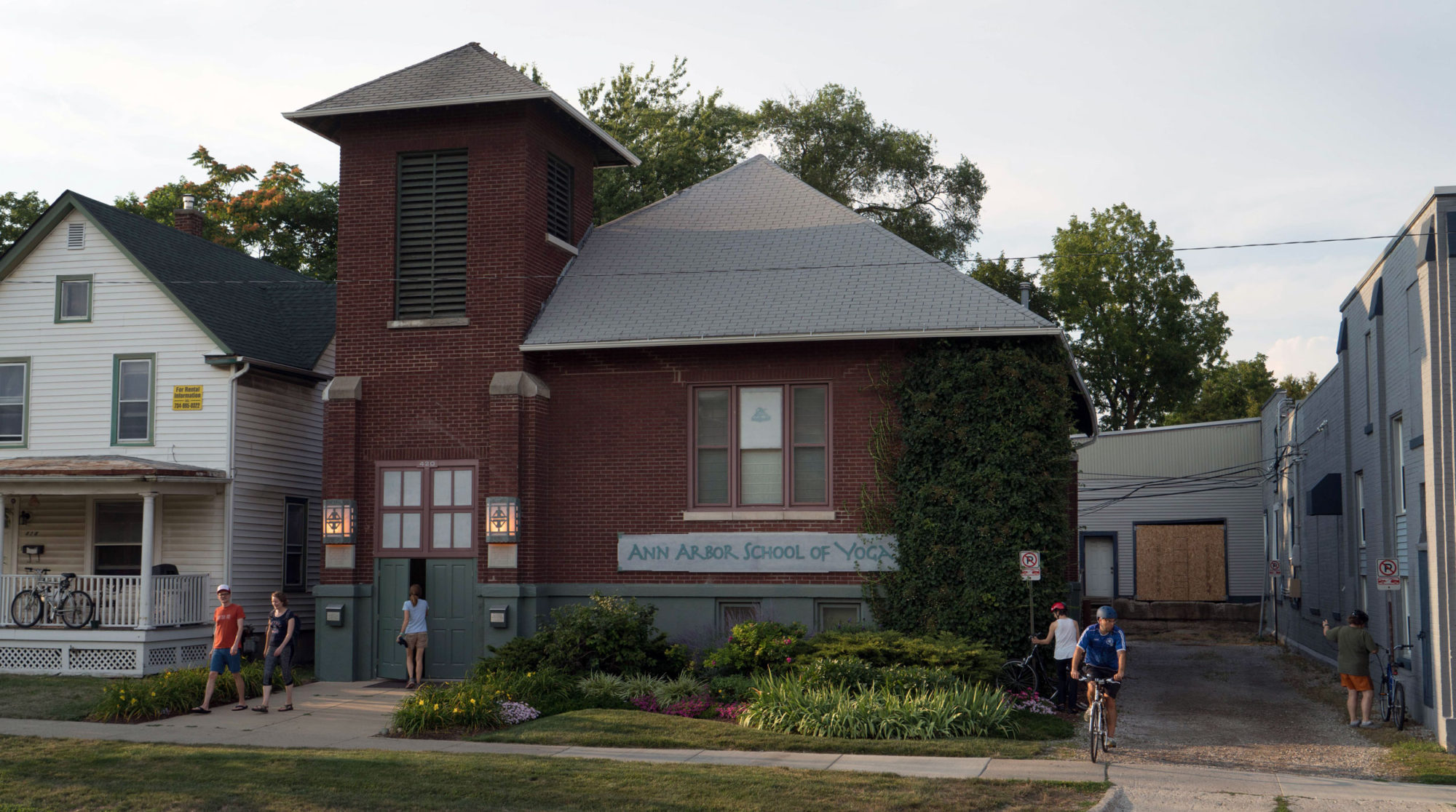What is Iyengar Yoga?
Iyengar Yoga, named after B.K.S. Iyengar, is a style of hatha yoga that involves detailed instruction, a focus on proper body alignment, and the use of props whenever necessary to perform asana correctly and safely.
Who is B.K.S. Iyengar?
B.K.S. Iyengar was born in India in 1918 and has been teaching since age 17. He has been one of the world’s most prominent yoga teachers for the past 70 years. He is a leading international authority in yoga. His comprehensive writings address hundreds of poses, the deeper meditative practices of yoga, and the practical correlation between yoga and the prevention/treatment of illness.
How is Iyengar yoga different from other styles of yoga?
Iyengar Yoga classes are often split into levels 1, 2, 3, and 4. This allows for the steady progression of skill and awareness, rather than a quick sequence through many poses without understanding and practice technique. Classes incorporate the use of props – i.e. blocks, blankets, bolsters, chairs, belts, etc. – which help with correct alignment and create a welcoming and safe environment that is appropriate for people of all ages, sizes, flexibility, and body types.
Does every Iyengar class have the same sequence?
No. Each class has a distinct sequence with a particular focus. For instance, one class may focus on backbends, another on standing poses, another on twists, etc. Each sequence starts with preparatory poses, continues to more involved poses, and ends with gentler poses and savasana, a restful pose.
Does Iyengar Yoga incorporate inversions?
Yes. Inversions (i.e. headstand and shoulderstand) are an important part of Iyengar Yoga. Both poses are taught so that students feel comfortable and safe.
Why is it important to learn from an Iyengar Yoga Certified Teacher?
The certification process to become an Iyengar Yoga teacher is intensive – both in time and energy – to foster a high level of teaching skill and to help prevent misguidance and injury within the method. To become a teacher, one must have studied Iyengar Yoga for three years. Training lasts for a minimum of two years. Because the training is such an elaborate and extended process, it creates teachers who are precise, safe, and engaging for the student.
How do I become an Iyengar Yoga Certified teacher?
As laid out on the official website for B.K.S. Iyengar Yoga (http://www.bksiyengar.com), you must meet the following requirements to become an Iyengar Yoga Certified teacher:
Eligibility Criteria:
• The minimum qualification required to start teacher training is
• One needs to be a student of Iyengar Yoga for a minimum of 3 years.
• One is expected to attend at least 3 classes a week and should practice daily on
your own.
• The teachers will judge the student’s practice further to start teacher training
Training Process:
• The teacher training is for a minimum of two years
• The teacher training primarily focuses on:
-Personal practice
-Acquiring clarity in giving instructions
-Learning to make subtle adjustments with the use of props
-Understanding problems faced by specific individuals
• After one year of training, the trainee can appear for the Introductory Level I examination
• After completing Introductory Level I, the trainee can appear for Introductory Level II after a minimum of one more year
• The trainee is qualified to teach only after the completion of Introductory Level II
• The teacher can then appear for the higher levels (Junior Intermediate, Senior Intermediate, Junior, and Senior Advanced) after a minimum gap of one and a half years each between each level
Syllabus and examination:
• Each level has its own syllabus for practice and teaching
• Each exam has three components:
-Theory paper: Questions about asanas, pranayama, anatomy, physiology and
yoga
-Demonstration of asanas and pranayama
-Demonstration of teaching skills
It is not just the “time” or “years” of practice that makes one eligible for a particular level of certification but the “quality” of practice. For more details, interested students are advised to contact their respective Iyengar Yoga teacher and associations.
Can I practice Iyengar Yoga if I’m menstruating?
Yes, but there are some poses – such as inversions or certain twists – that should not
be practiced during menstruation. The teacher will usually ask at the beginning of class
if anyone is menstruating and will provide alternate poses when necessary.
Can practice Iyengar Yoga if I’m pregnant?
Yes, but only if you are already a continuing Iyengar Yoga student. Pregnancy is not arecommended time to start practicing Iyengar Yoga.
Can I practice Iyengar Yoga if I have health issues (high blood pressure, arthritis, back/neck problems, breathing trouble, bad knees, hip replacement etc.)?
Yes, yoga can often help these issues. The teacher will ask if you have any specific health problems and provide you with appropriate alternate poses when necessary. Also, student questions or concerns are always welcome during an Iyengar Yoga class and you can tell the teacher that a certain pose is giving you pain. There is usually either a solution using props and/or another variation of the same pose.

